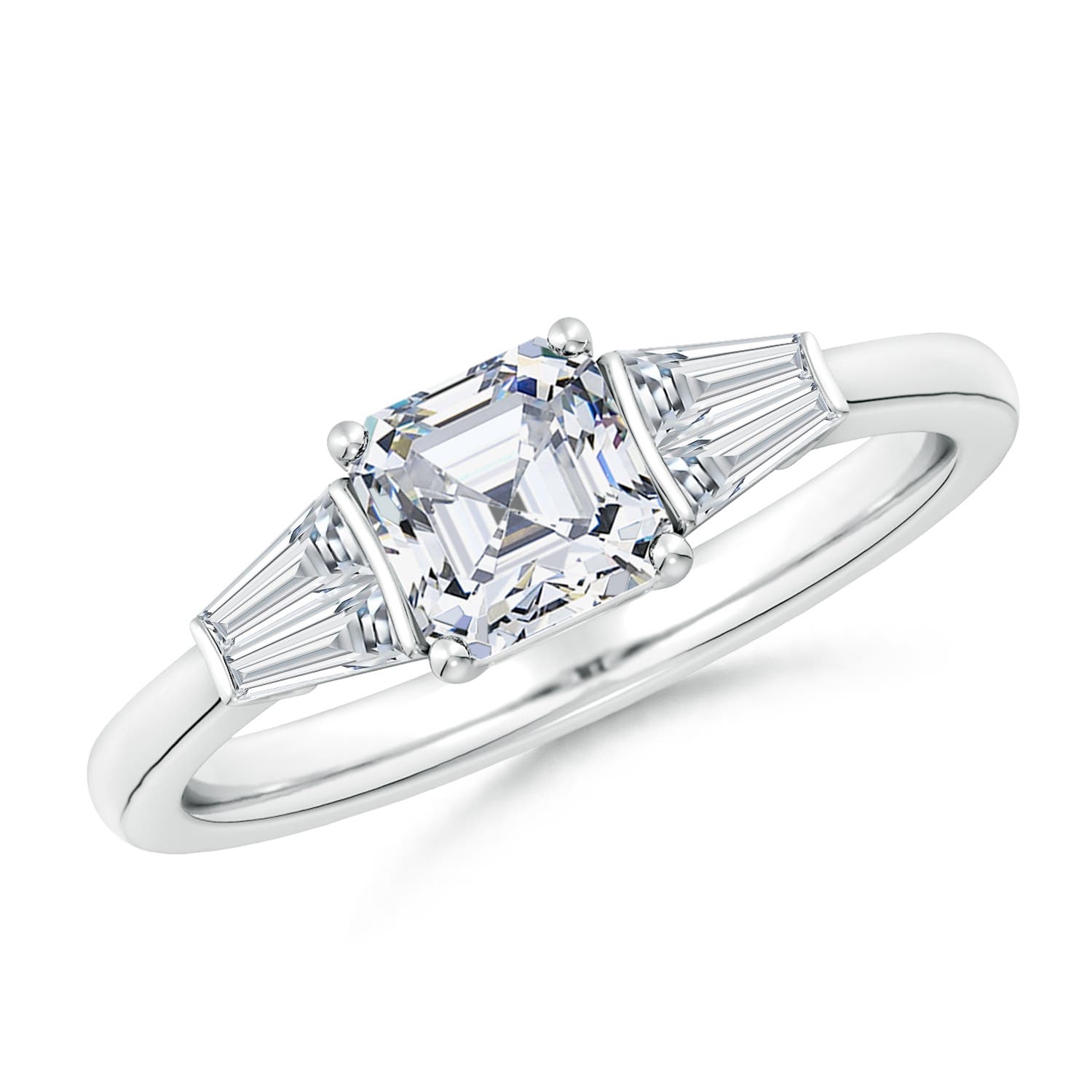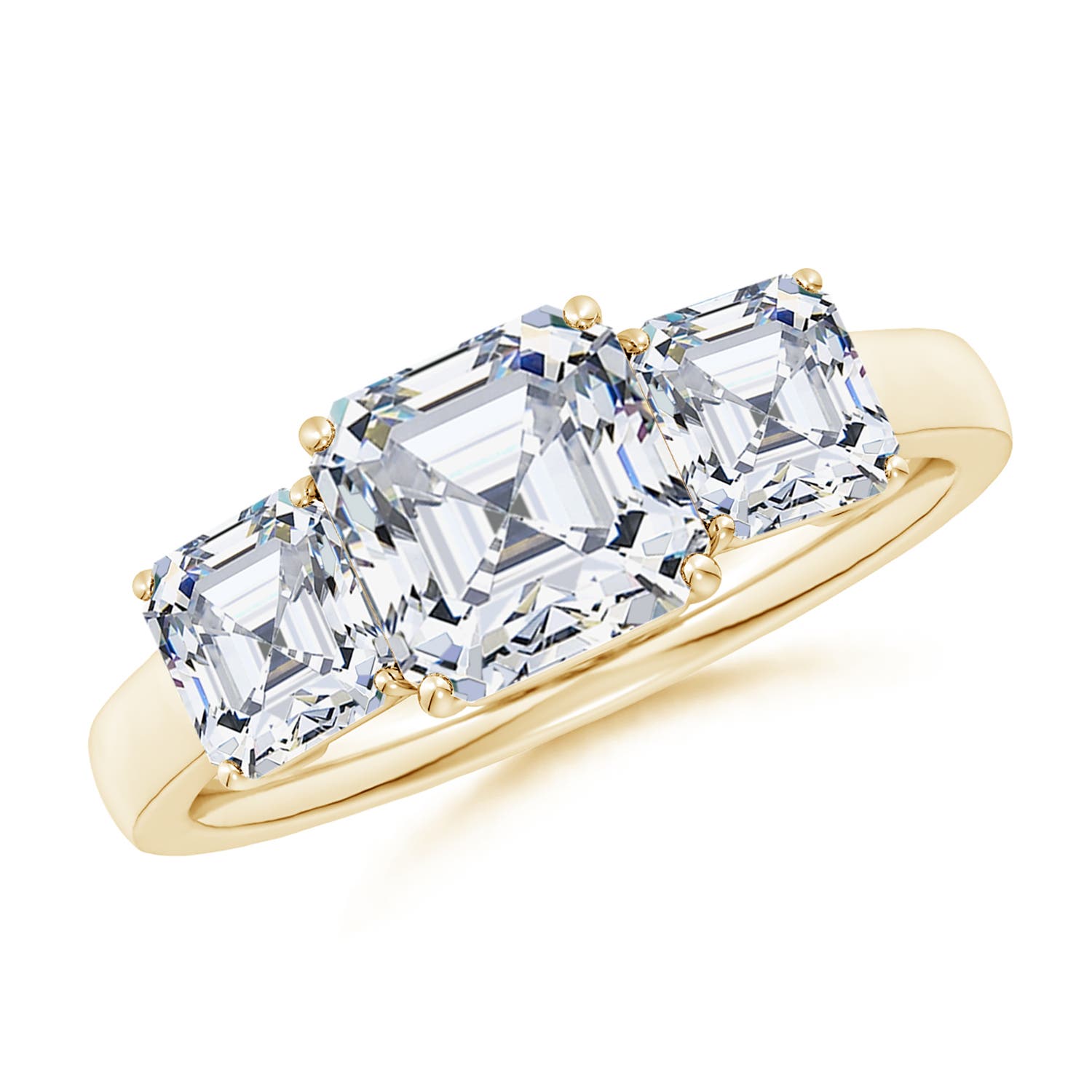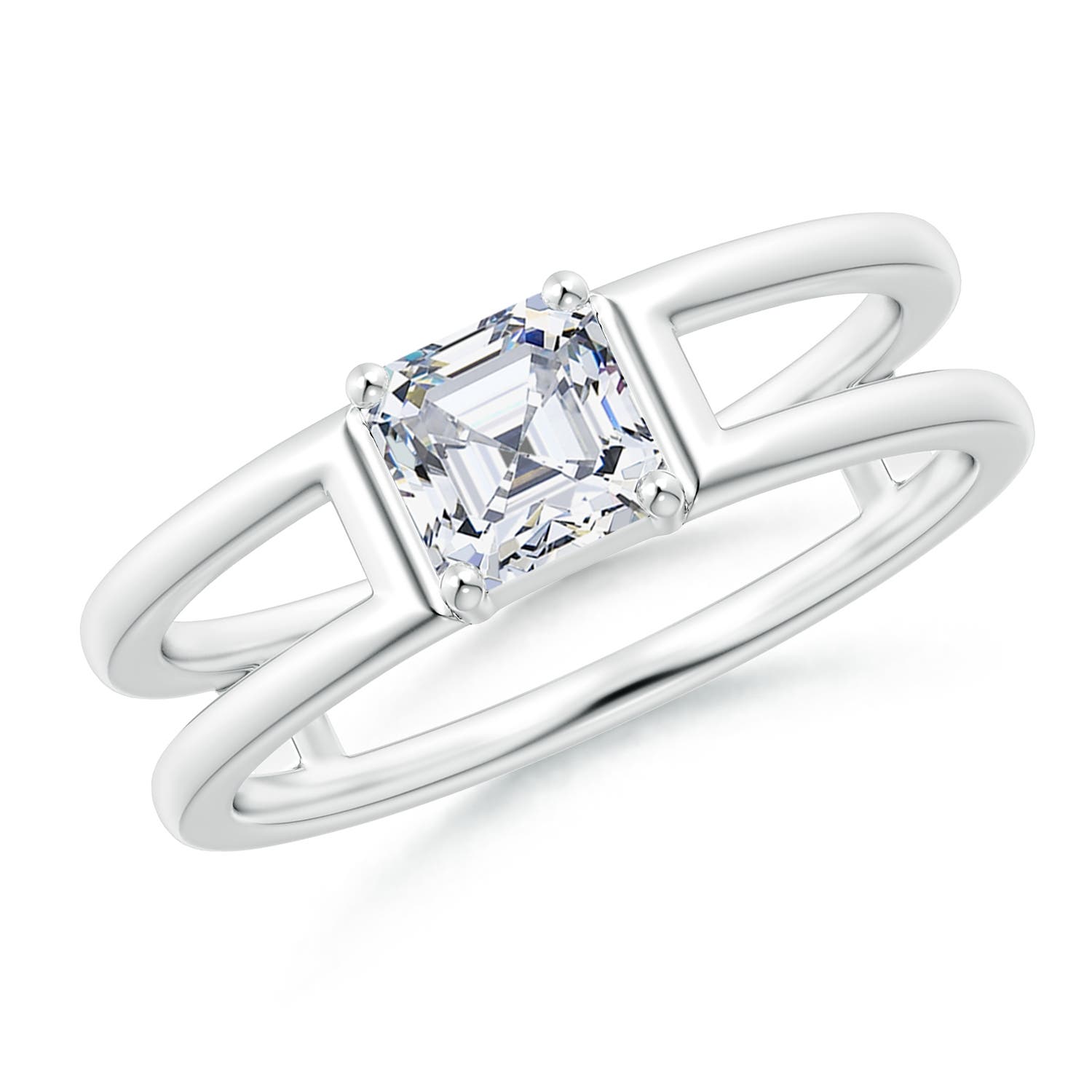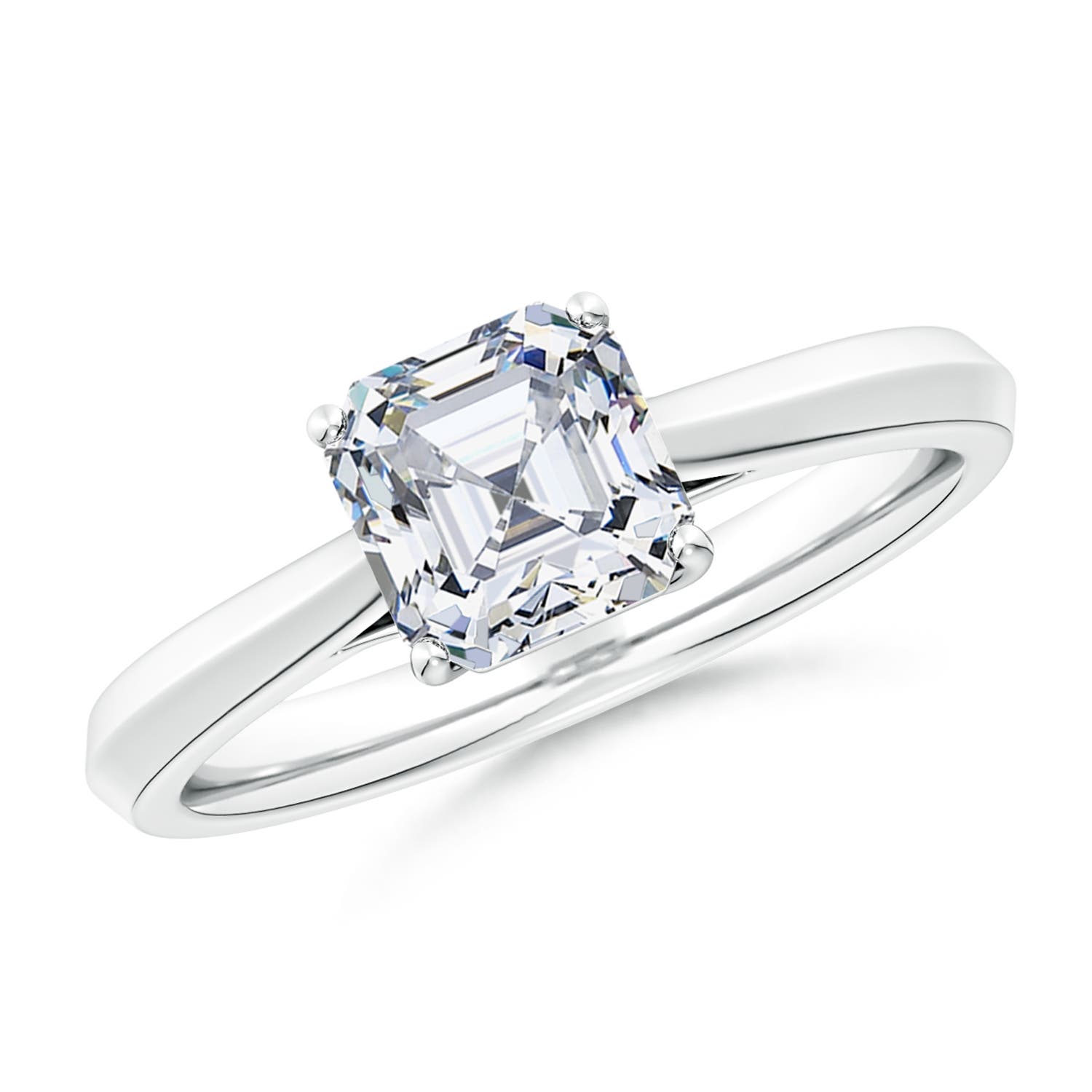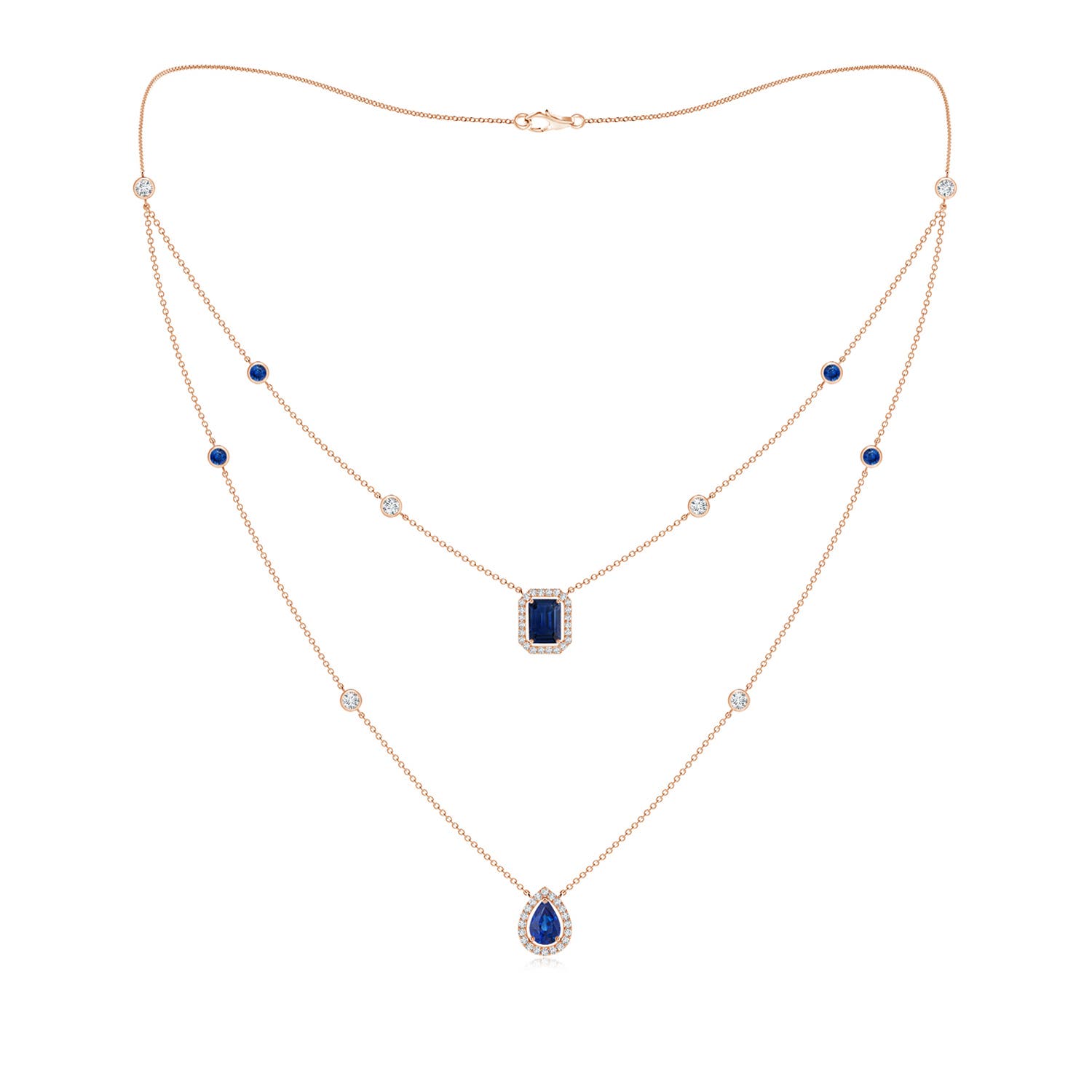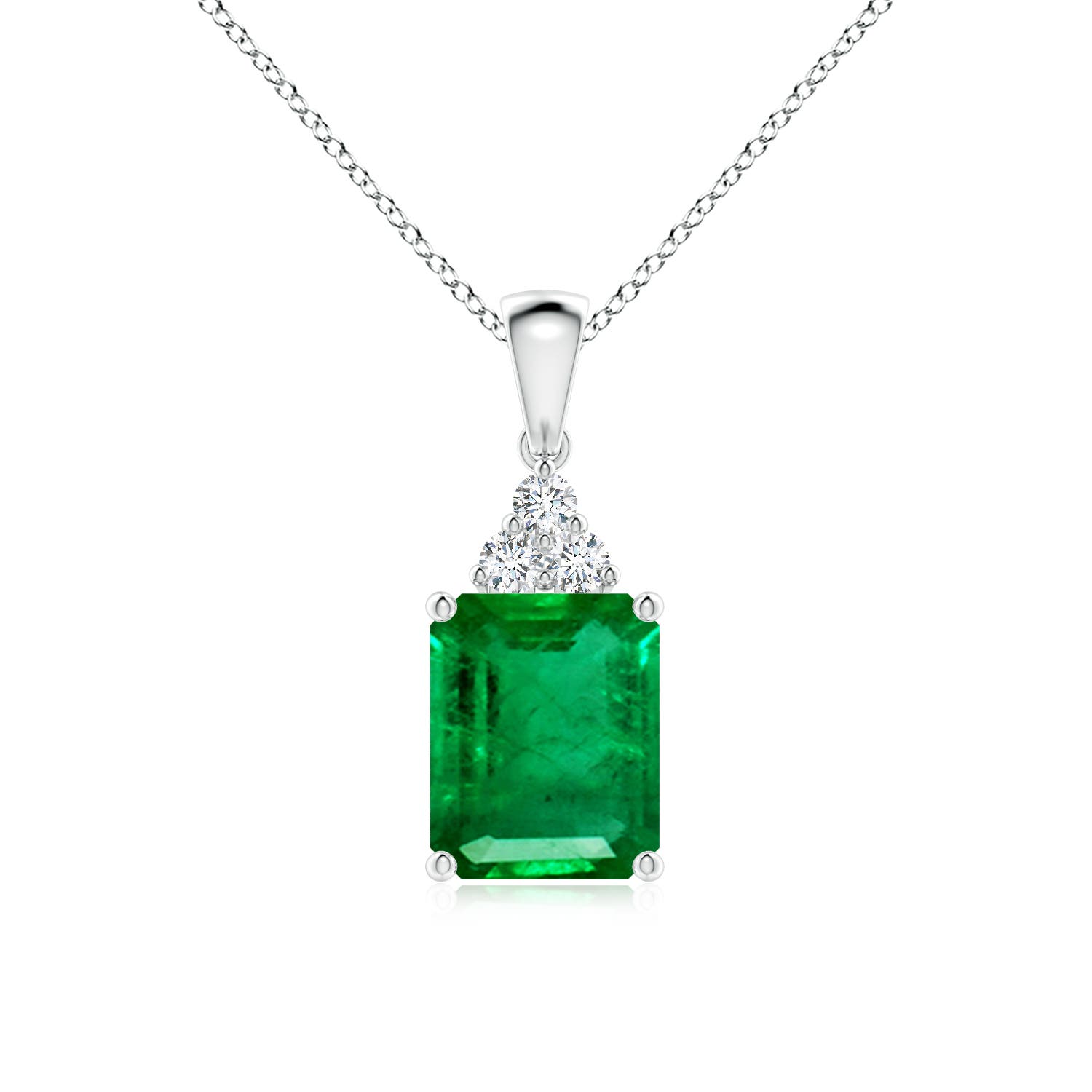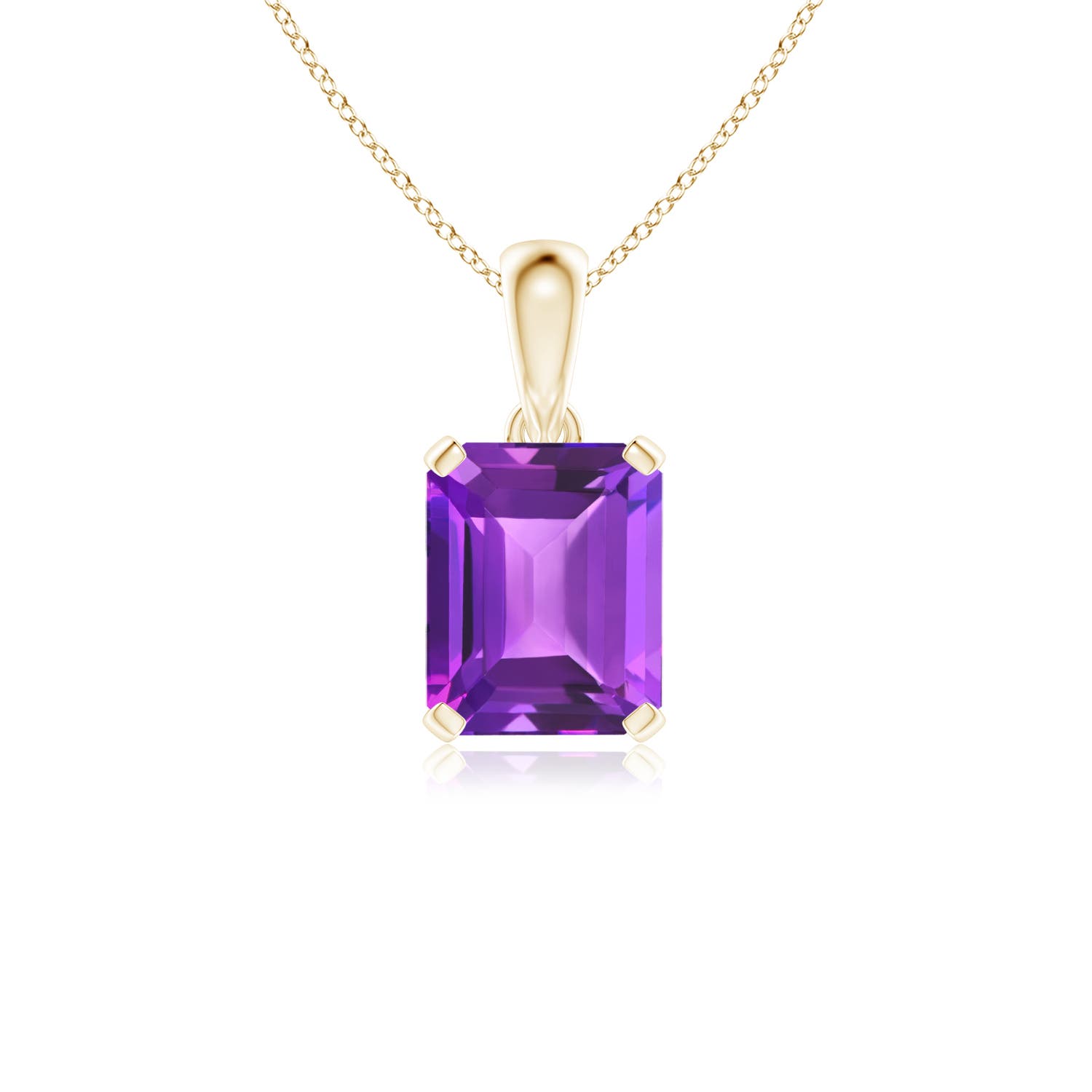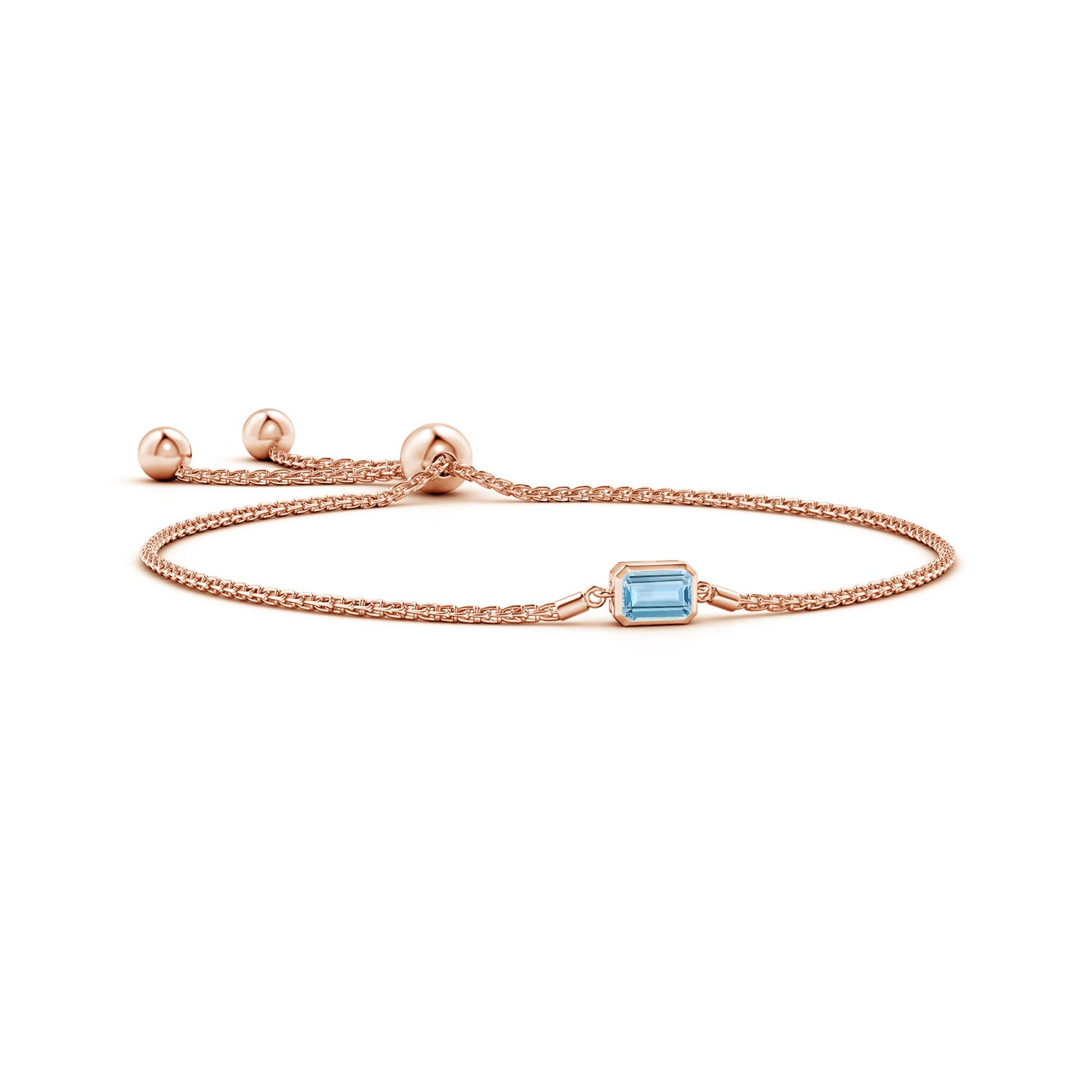When looking for diamond jewelry, you want a stone that sparkles from every angle. This sparkle (also known as brilliance) is a result of the diamond’s cut. A diamond’s cut significantly affects its overall appearance, which is why it’s important to pay close attention to this quality if you want a stone with irresistible brilliance, fire and sparkle.
Among the myriad cuts, Asscher and emerald cuts stand out for their elegance and sophistication. But how do you decide what’s right for you? In this article, we’ll compare the Asscher cut diamond vs. the emerald cut diamond, diving deep into their unique features, advantages and how they differ. Whether you’re looking for timeless sophistication or vintage charm, understanding these cuts will help you make an informed decision.
What Is an Asscher Cut?

The Asscher cut was developed by Dutch diamond cutter Joseph Asscher in 1902. He saw the advantage of effectively using rough diamond crystals to retain more weight than other cuts. This cut became popular in the Art-Deco movement and has grown in popularity over the last decade among brides in the United States.
The Asscher cut is square in shape, with deep, layered facets and a distinctive octagonal design. It has 58 larger, wide-set facets with three rows on the top and the bottom. There are two major variations of the Asscher cut: the standard Asscher and the Royal Asscher.
Asscher cut is similar to the emerald cut and is also known as the ‘square emerald cut.’
Shop Asscher-Cut Jewelry
Let your uniqueness stand out
What Is an Emerald Cut?

The emerald cut was created specifically for emerald stones in the 1500s, hence the name. It became popular during the Art Deco movement in the 1920s, a time when clean lines, symmetry and geometric shapes were admired.
The emerald cut is the most popular type of step-cut. It features an elongated, rectangular (or square) shape with straight parallel facets and beveled corners. The emerald cut has 50-58 facets, making Asscher cut facets and emerald cut facets quite similar.
Shop Emerald-Cut Jewelry
Keep it elegant and traditional
Differences Between Asscher Cut and Emerald Cut
Let’s dive into the pros and cons of Asscher and emerald cut diamonds and find out which is better for you. Here are various factors to consider when picking the right cut.

Length-to-Width Ratio
A diamond’s length-to-width ratio determines its proportions when viewed from the top, showing how squared or elongated it is.
Asscher Cut: Square (or octagonal) with an equal length-to-width ratio of around 1.00 to 1.05.
Emerald Cut: Elongated, rectangular shape with a length-to-width ratio ranging from 1.30 to 1.60 (or 1.50 according to most people).
Depth
The depth of a diamond refers to the overall depth, starting from the surface of the table to the culet (the tiny facet at the bottom). Generally, the lower the overall depth, the better.
Asscher Cut: Look for stones with a depth between 60% and 68%, as depth impacts the refraction of light inside the diamond.
Emerald Cut: Aim for a depth of below 74% for a beautiful diamond, though emerald-cut diamonds are not graded on cut.
Table
A diamond’s table is its largest facet and can be seen when the stone is viewed face-up. The table facet plays an important role in a diamond’s brilliance because it reflects rays penetrating the stone and allows it to be reflected back from the pavilion.
Asscher Cut: This cut requires a larger table size, similar to a window in the center. A table between 60% and 68% retains the cut’s beauty without hindering light dispersion.
Emerald Cut: Wider table ranging from 61% to 69%, offering a clear view of the center of the stone and its inclusions, if any.
Facets & Brilliance
Facets are flat surfaces arranged geometrically on a gemstone, creating beautiful patterns that enhance its brilliance. The more facets a stone has, the brighter it shines. Here are some key differences between the Asscher cut facets vs. emerald cut facets and brilliance:
Asscher Cut: A standard cut typically has 58 larger step facets that enhance light and brilliance performance. The Royal Asscher cut has 74 facets.
Emerald Cut: It has 50-58 long, linear facets. Its step-cut is designed to give diamonds a subtle, elegant light display.
Therefore, the brilliance of asscher cut vs emerald cut diamonds is matched when it comes to facets.
Polish and Symmetry
Polish refers to how smooth a diamond’s facets are, while symmetry refers to the precise alignment of facets. Diamonds reflect light better when they have a polish and symmetry grade ranging from good to excellent. Both Asscher and emerald cuts are available in these ranges.
Clarity
Clarity refers to the presence of flaws or inclusions in a stone.
Asscher Cut and Emerald Cut: Both types don’t hide inclusions well due to their large tables. Hence, choosing higher clarity grades is recommended if you don’t want visible inclusions showing from the stone.
Color
Similar to clarity, both cuts show the natural color of the stone due to their large tables and facets. Therefore, if opting for these cuts, it is recommended that you go for stones in higher color grades.
Setting Styles and Designs
When choosing the setting style and design for your diamond ring, consider these popular settings:
Solitaire: This design draws attention to the stone and perfectly showcases the unique style of an Asscher cut or emerald cut diamond.
Halo: Features smaller stones encircling the center stone, enhancing its sparkle and size. The geometric patterns of the Asscher and emerald cuts make them especially suited to this setting.
Pavé: Features smaller accent stones embedded into the band, maximizing the fire of the center stone.
Three-stone: Asscher or emerald-cut diamonds, as the center stone looks beautiful and is flanked by stones on either side. This setting is symbolic, especially for couples, denoting their past, present and future together.
Asscher Cut vs. Emerald Cut: Price Comparison
Typically, Asscher-cut diamonds are slightly more expensive than emerald-cut diamonds because of their brilliance and complexity. However, the price for both cuts depends on the stone’s quality.
A one-carat Asscher cut diamond may cost less than $3,500 to over $5,500, while a one-carat emerald diamond will range from as low as $1,494 to over $8,375.
At Angara, our Asscher diamond rings range between $4,014 and $100,000+, while our emerald-cut diamond rings range from as low as $747 to over $100,000.
Asscher vs. Emerald Cut: Which Diamond Cut Should You Go For?
The right cut for you depends on your budget and personal preference. If you want a square-shaped cut, opt for an Asscher cut diamond or square emerald cut. If you want a bigger cut, choose an emerald-cut diamond.
For a vintage style, the Asscher cut is ideal for a vintage style. For elegance, choose an emerald cut. If size matters, an emerald cut is the better choice. Remember, the choice is entirely yours!
Frequently Asked Questions
Q1. What are the main differences between Asscher cut and Emerald cut diamonds?
The main difference between them is their shape. Other qualities that differ between these two cuts are their length-to-width ratio and depth.
Q2. Which cut has better brilliance and sparkle?
The brilliance and sparkle of the Asscher and emerald cut are quite similar because they have the same number of facets. However, this can vary based on the facet counts.
Q3. What is the origin of these cuts?
The Asscher cut was developed by Dutch diamond cutter Joseph Asscher in 1902, while the emerald cut was created in the 1500s specifically for emerald stones.
Q4. Which cut is more popular for engagement rings?
The Asscher cut has become popular among brides and is now a top choice for engagement and wedding rings.
Q5. How does the shape of the diamond affect its appearance on the finger?
Shapes like oval, pear, and marquise cuts are great for short fingers as they create the illusion of an elongation.
Q6. What are the best settings for each cut?
Asscher and emerald cuts look best in halo, solitaire, pave, or three-stone settings.

























